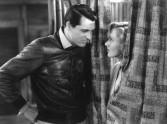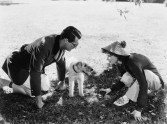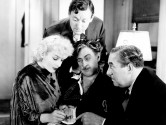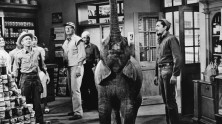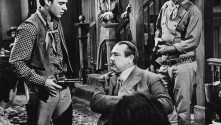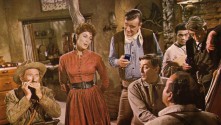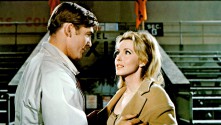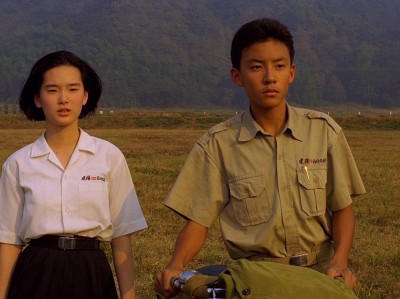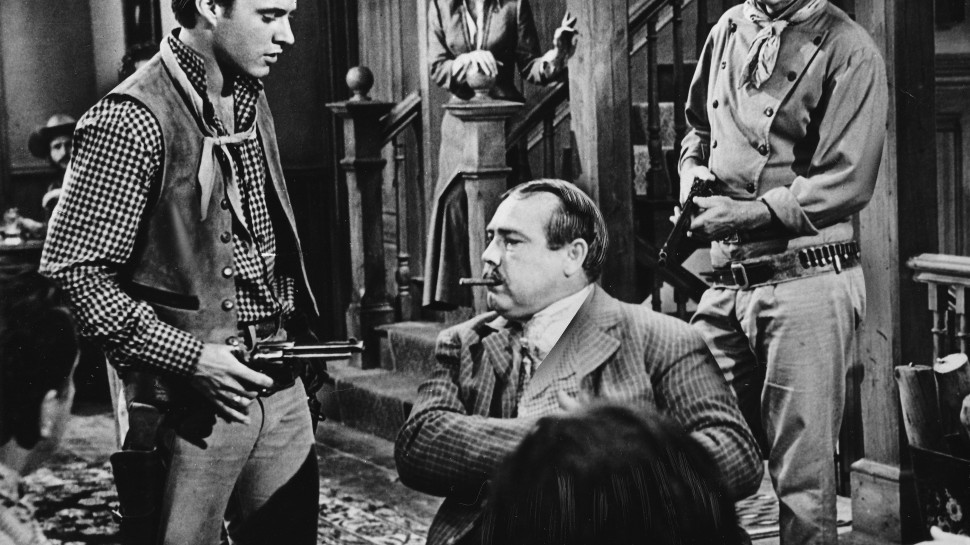
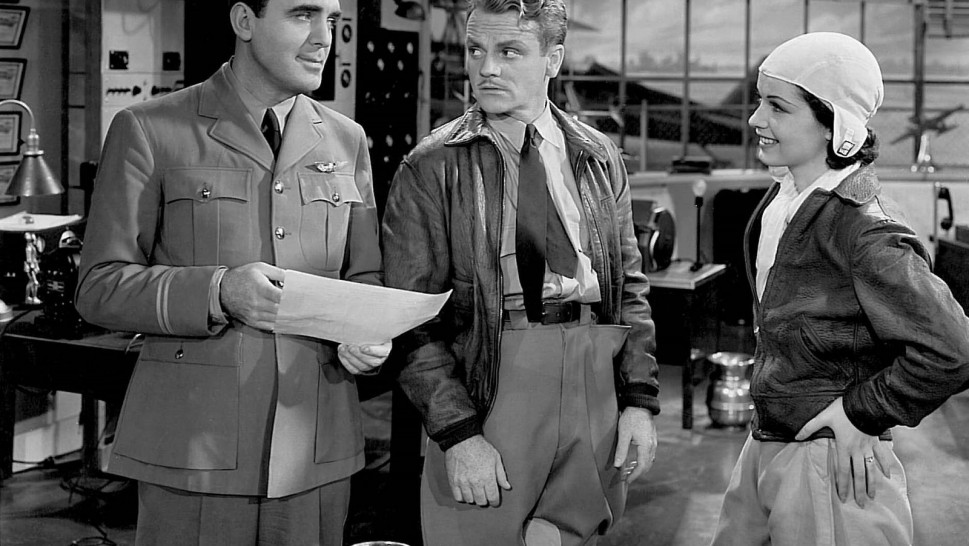

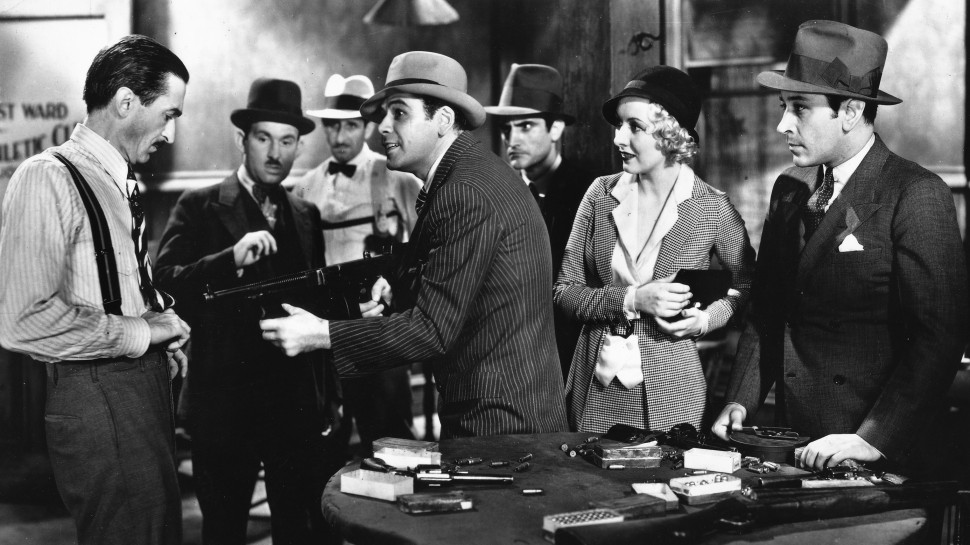
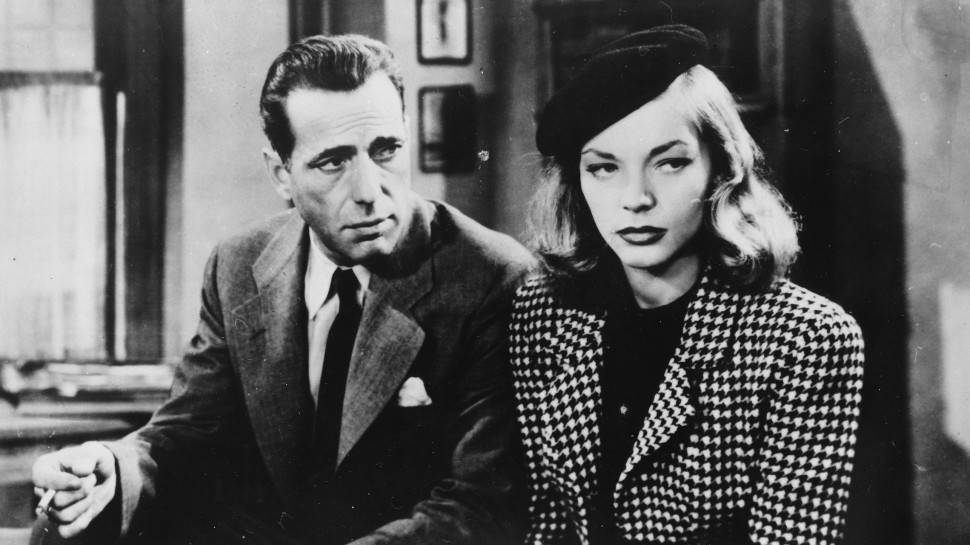
The Complete Howard Hawks
What one should do, what one must do, is try to anticipate what the public is going to like… I have no desire to make a picture for my own pleasure.
If one of the side effects of auteurism’s midcentury flourishing as an interpretive framework was to encourage critics to retroactively assign subterranean artistic intent to commercial film entertainment, few directors were as invested in demystifying that notion toward their own work as Howard Hawks (1896 – 1977). The prolific Hollywood genre pioneer, who occupied the dead center of the industry for at least three decades of his career, was first and foremost, by his own admission, in the business of filling movie theaters. Unlike Alfred Hitchcock, the other half of the famous “Hitchcocko-Hawksian” designation given to the French New Wave critics-turned-filmmakers who elevated these two directors as the zenith of Hollywood’s crop during the classical era, Hawks was not interested in pursuing personal obsessions irrespective of the audience’s pleasure. Until the final decade of his career, when the tides of culture finally outpaced his sensibilities, Hawks’ body of work was defined by a canny accommodation of popular opinion. When a film underperformed at the box office, Hawks didn’t blame the viewership; rather, he corrected course.
Yet, despite this conservatism, Hawks persists as a widely influential figure as well as one of the greatest exemplars of a certain kind of genre cinema. His directorial run from 1926 to 1970 encompasses action-adventures, screwball comedies, gangster films, Westerns, noirs, musicals, war films, science fictions and historical pageants, but the seeming variety of his output betrays a remarkable coherence of vision, a precise attitude toward genre filmmaking that endured through the different clothing his productions wore. In a nutshell, the tenets of this attitude included a resistance to outward displays of sentiment within his narratives; a preference for large ensembles of mostly male characters; a tendency to de-emphasize spectacle in favor of the passages of character-building downtime in between; and a pared-down, pragmatic visual style that rarely allowed for overtly expressive uses of the camera. Above all, Hawks’ films are about people, not politics, abstract concepts or social issues.
Part of this straight-shooting temperament must surely be rooted in Hawks’ inheritance of the wealth and privilege of one of Indiana’s richest families whose fortune was gained through manufacturing and milling exploits in the late 19th century. His parents’ stature and connections enabled him to coast through Ivy League universities despite unsteady academic performance, and the adversities of his young life—dealing with his mother Helen’s long-term illness and leaving home for a stint in the Air Force during WWI—had nothing to do with economic strain. Instead, the myriad opportunities granted Hawks in his early years—as student, athlete, aviator, gambler, mechanical engineer, race-car driver and finally Hollywood apprentice—instilled in him a love of people and a penchant for thrill-seeking.
After his family relocated to Southern California, Hawks’ inexhaustible curiosity eventually led him to Hollywood, where his willingness to exploit his family’s wealth garnered him traction in the company of powerful men such as Cecil B. DeMille, Allan Dwan, Douglas Fairbanks and Irving Thalberg. After a brief stint in the early twenties financing and producing films by Dwan and Allen Holubar, Hawks worked up an appetite for directing, and his now-lost debut for Fox, 1926’s The Road to Glory (no relation to his 1936 film), came about as a result of banging on doors and audaciously overselling himself. That penchant for self-promotion, for gung-ho individualism, was the engine of Hawks’ success throughout his career, explaining his lack of fidelity to any one studio and his inclination to produce his own pictures when other avenues fell through. In an era of long-term contracts, Hawks was singular for his ability to travel freely within the studio system without making lasting enemies of the production heads.
To the contrary, Hawks maintained a steady rotation of proud collaborators throughout his career. Most foundational were the screenwriters, with whom Hawks required a close artistic partnership: Ben Hecht, Charles MacArthur, Jules Furthman, Charles Lederer, Leigh Brackett, and William Faulkner, a writer Hawks claims to have taught how to pen screenplays. For his players, Hawks pulled routinely from a well of elite stars including Cary Grant, John Wayne, Gary Cooper and James Cagney; pruned for the screen electrifying newcomers like Lauren Bacall, Montgomery Clift and James Caan; and turned inimitable character actors like Walter Brennan, Arthur Hunnicutt and Charles Coburn into household names. His cinematographers, editors and set designers, meanwhile, were less predictable, though it is worth noting that Hawks named his youngest son Gregg in tribute to Gregg Toland, the man responsible for Hawks’ most uncharacteristically expressionistic films.
Despite the relative lack of cinematic fireworks in Hawks’ films, at least when compared to contemporaries like Hitchcock, Orson Welles or Fritz Lang, his oeuvre does boast a number of technical and stylistic innovations that pushed the industry and medium forward. His distaste for thespian hysterics endowed his silent films with a distinctly naturalistic touch, while his earliest sound films, which utilized cutting-edge recording technology to enable more flexible cross-cutting, chipped away all traces of the theatrical at a time when unrestrained emoting was still tantamount to motion picture quality. First developed in The Dawn Patrol,Hawks’ exacting approach to dialogue—terse, fast-paced, low-pitched and overlapping—flummoxed his producers when they encountered it, until of course the box office receipts came in and the method became the new model for talkies. Meanwhile, though his visual style never announced itself, it was distinguished from his peers by its economy and consistency. The quintessential Hawks shot—a loose frame crowded with bodies and faces in relaxed coexistence, often around a piano or other musical instrument—is immediately recognizable as his signature despite its utter simplicity, and when encountered in the work of other directors, even today, carries with it an implicit debt.
More than these stylistic characteristics, however, Hawks is renowned for his idiosyncratic approach to storytelling, which, as his career went on, increasingly dispensed with plot mechanics until the real nourishment to be found in his films was in the simple act of watching his characters interact—a methodology that reached its peak in Rio Bravo. Typically concentrating on men in high-risk professions like aviation or stock-car racing, Hawks reflected in his ensembles the warmth, camaraderie and grace under pressure that he valued in life. In elevating these qualities to the forefront of human existence, Hawks largely neglected otherwise common cinematic subjects like family life, domesticity, and even romantic love, though his narratives regularly danced around the latter. Such a hierarchy of values meant that Hawks incorporated only a small fraction of female characters into his projects, though in winnowing the field down to tough-talking, self-reliant women who found their deepest happiness when going toe-to-toe with the men who initially doubted them, his work found unlikely champions in the feminist community—even as some camps denigrated this very rubric of female empowerment as misogynistic.
Hawks’ vast body of work has generated far more proselytizers than naysayers, a level of nearly uniform acclaim that few other Golden Age directors have enjoyed. In addition to the steady popular appeal of his films during their time, the blanket admiration from the Cahiers crowd inspired a generation of highbrow critical appraisal courtesy of Andrew Sarris, Molly Haskell, Manny Farber, Peter Wollen, David Thomson, Joseph McBride and Robin Wood, whose book-length study, which analyzes the director’s work around thematic pillars such as “the lure of irresponsibility” and “the instinctive consciousness,” continues to be a benchmark for thinking about Hawks. This rich critical legacy perseveres today in new iterations, from the Bazinian considerations of genre and realism that underpin the criticism of Dan Sallitt to the thorough breakdowns of rhythm and technique that dominate the essays of Lea Jacobs.
Robust as it is, however, the tradition of analytic appreciation around Hawks seems almost paltry alongside the director’s reach in the filmmaking community. Peter Bogdanovich, John Carpenter, Martin Scorsese, Brian De Palma, Albert Brooks, Elaine May and Quentin Tarantino have all revealed their adherence to Hawks in one way or another, while any contemporary film that so much as features a group of professionals working together is liable to be regarded as “Hawksian.” It’s quite an anomaly for an unpretentious populist to hold such an enshrined status with filmmakers and critics alike, though it’s one best explained by the enduring enjoyability of the films themselves, which cut through matters of topicality and “importance” to get right to the heart of what makes human life gratifying: the sustenance to be gained from one another. – Carson Lund
